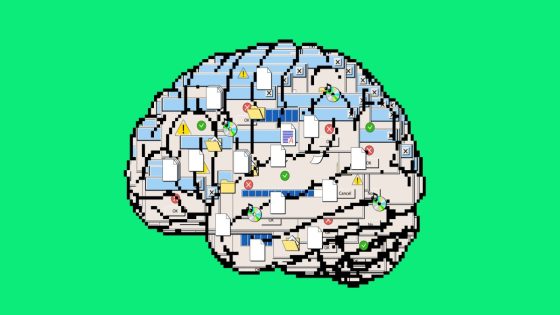Researchers have developed a new AI model that rivals OpenAI’s offerings, achieving significant results in just half an hour and for under $50. This breakthrough, announced on February 6, 2025, raises questions about the future of AI development and the costs associated with it. Can smaller models truly compete with giants like Google and OpenAI?
- Stanford and UW researchers used model distillation
- s1 model trained on Qwen2.5 data
- Test-time scaling improves model reasoning
- DeepSeek's R1 model claims lower training costs
- Smaller AI models challenge industry giants
- s1 outperforms OpenAI's o1 on math questions
New AI Model Challenges OpenAI’s Dominance in the Market
Could the rise of smaller AI models reshape the tech landscape? The recent development of the s1 model, based on Alibaba’s Qwen2.5, suggests that advanced AI capabilities can be achieved without the hefty price tag. This model was trained using a selective dataset and innovative reasoning techniques, proving that efficiency can lead to impressive results.
How s1 Model Outperforms Competitors with Less Investment
The s1 model showcases how AI can be both powerful and cost-effective. By leveraging distillation techniques, researchers refined the model using insights from Google’s Gemini 2.0. Here are some key features:
- Trained on a smaller dataset of 1,000 questions.
- Utilizes test-time scaling for enhanced reasoning.
- Achieves up to 27% better performance than OpenAI’s o1 model.
- Developed using only 16 Nvidia H100 GPUs.
Innovative Techniques Driving AI Efficiency
The researchers implemented several groundbreaking techniques to enhance the s1 model’s performance. For instance, the use of test-time scaling allows the model to take additional time to refine its answers. This method encourages the model to double-check its responses, leading to more accurate outputs. What if this approach becomes the standard for future AI development?
The Future of AI: Smaller Models, Big Impact
The emergence of smaller, cheaper AI models could disrupt the industry. Companies like OpenAI, Google, and Microsoft might need to rethink their strategies as these new models prove that high costs are not a prerequisite for success. Could this shift lead to a more democratized AI landscape where innovation thrives?
In conclusion, the development of the s1 model signals a new era in AI technology. As researchers continue to explore efficient training methods, we may witness a transformation in how AI is developed and deployed across various sectors.

































